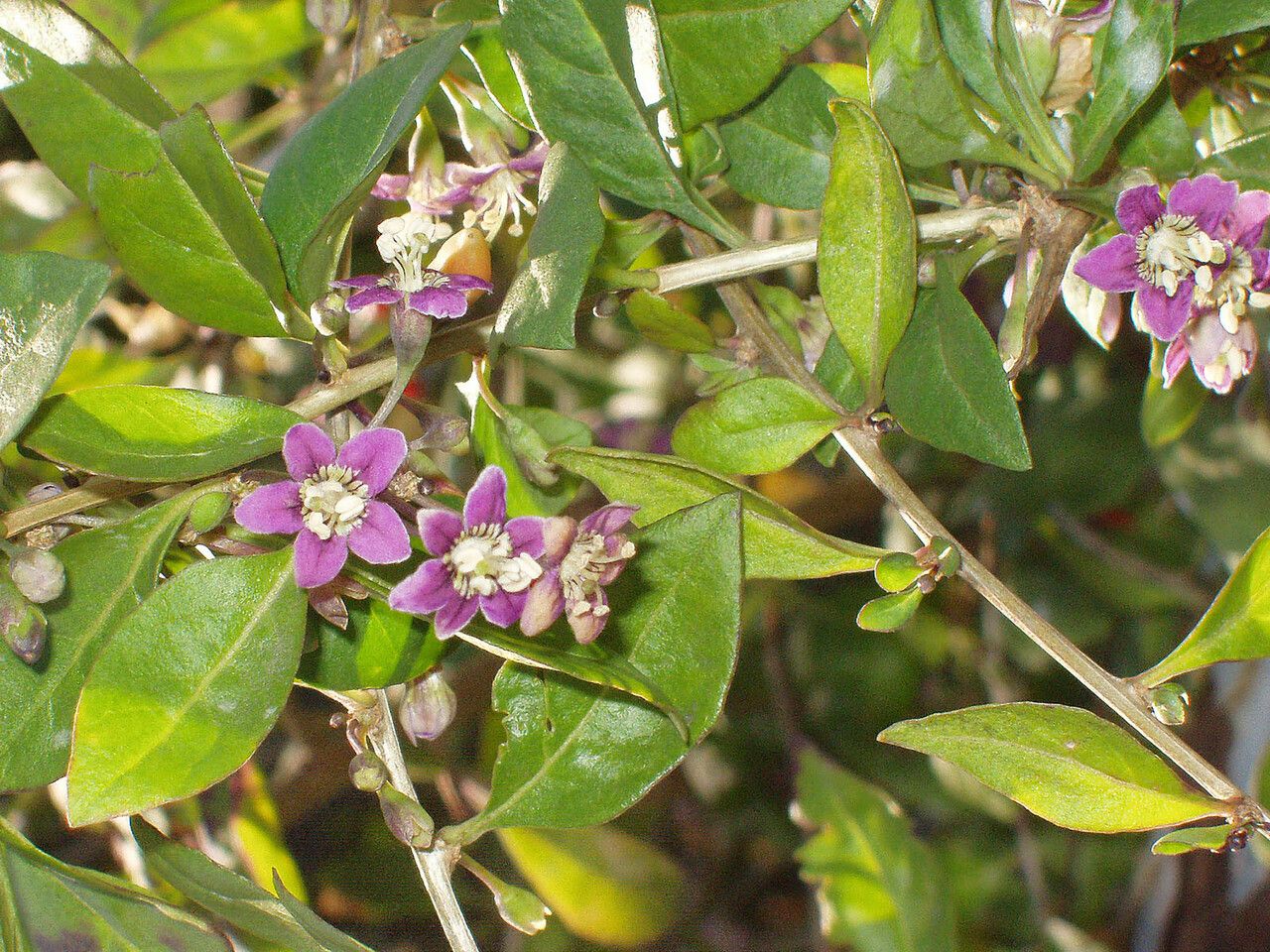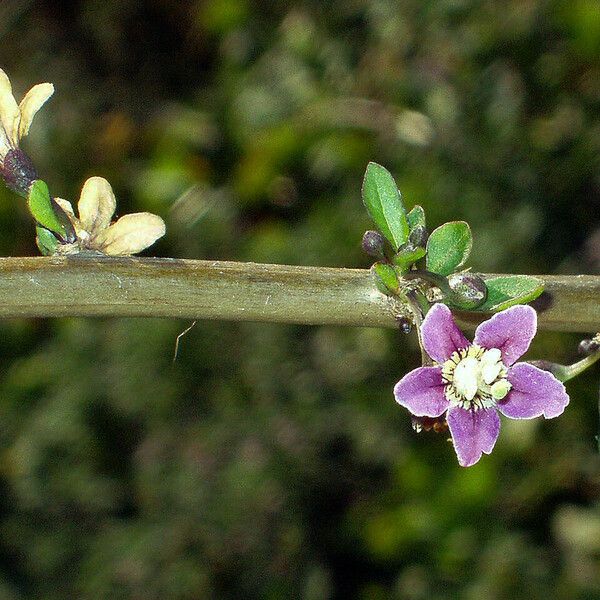Observation
Determination
Proposed determination
Most probable name (Submitted name)
100%Confidence score
Suggest another determination
You don’t agree with the suggested species but don’t have another suggestion
Comments
Additional data
Date created
May 25, 2022
Last revised
Oct 9, 2023
Łódź, Śródmieście
It is native to northern China, but now is widely spread in Poland.
Edible plant - fruits raw or cooked in soups etc or dried for later use, only the fully ripe fruits should be eaten; leaves and young shoots raw or cooked; the roasted seed stands for a coffee substitute; dried leaves are a tea substitute; an oil obtained from the seeds is used for cooking.
Herbal plant - both the berries and the root are used and in Chinese medicine, traditionally the plant is believed to promote long life; seeds are used as a haemostat for the control of bleeding, with a special action on the kidneys and sex organs; the root bark is antibacterial, antipyretic, hepatic, hypoglycaemic and vasodilator, it stimulates the parasympathetic nervous system, which controls involuntary bodily functions such as digestive secretions.
Useful plant - can be grown as an informal hedge, succeeding in maritime exposure.





